- Infrasync Technology Services
- Posts
- Infrasync Newsletter #28 - Wastewater Eyes and Ears – The Digital Approach to Stopping Bad Actors
Infrasync Newsletter #28 - Wastewater Eyes and Ears – The Digital Approach to Stopping Bad Actors

July 2025 • Number 28

This has been an amazing first half of 2025 and there is even more to come. When we started Infrasync back in January 2024 I had no idea where it would lead. I am so thankful to have you as a supporter of Infrasync and subscriber to this newsletter.
It has become clear there are more and more utility leaderships changes. With those changes are typically a younger generation that is ready to solve the water challenges with a technology-based approach instead of the status quo. They are wrestling with aging infrastructure and traditional capital project programming and it’s just not meeting the needs of the modern utility. So, they are turning to technology so that each capital and operational dollar is even more effective.
We are working to build up a community and group of people committed to making our water safe, abundant, and affordable. This will take all of us working together so we need as many people supporting as possible. If this sounds like someone you know go ahead and forward this newsletter onto them.
-Andrew Swirsky
Join Infrasync in July! |  Utility Leadership Conference |
 Tim Braun | Will you be at the NACWA event in Colorado Springs? If so, let us know as our Strategy Principal Tim Braun will be there and looking for others who want to use technology to move this industry forward. When: July 22-25, 2025 Where: Cheyenne Mountain Resort - 3225 Broadmoor Valley Road Colorado Springs, Colorado |
 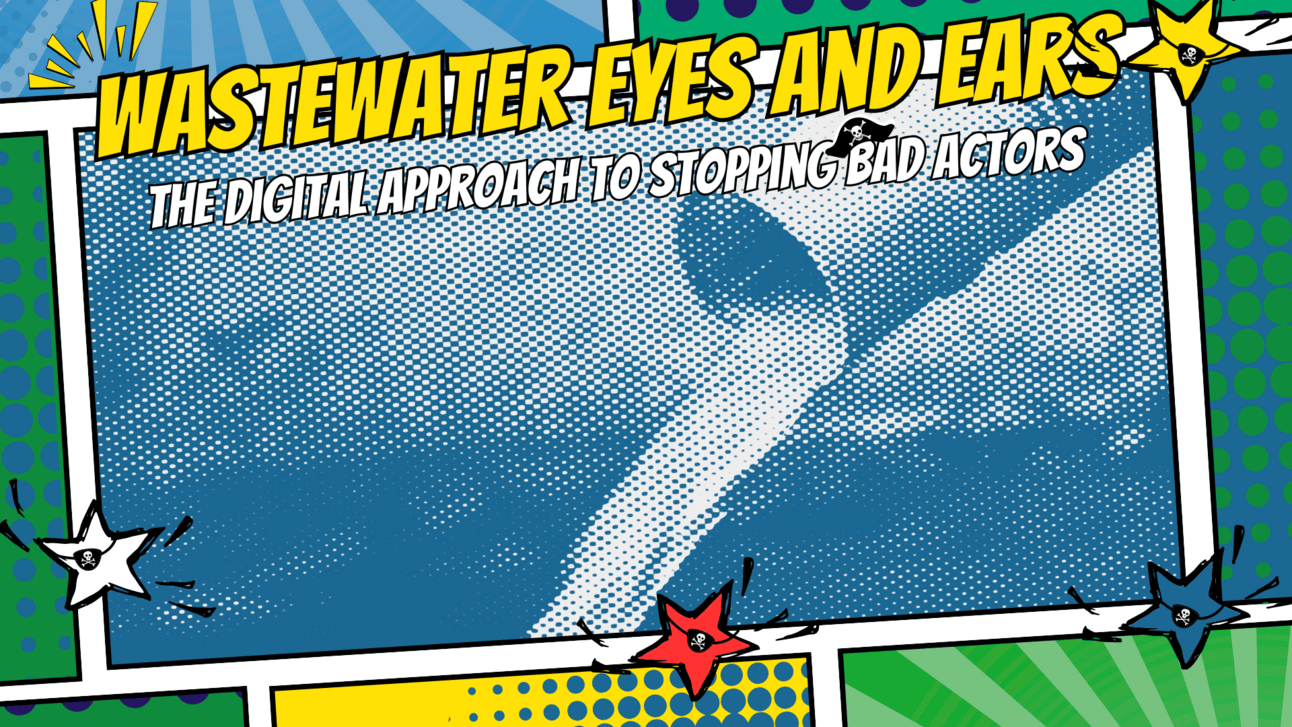 Wastewater Eyes and Ears – The Digital Approach to Stopping Bad ActorsHuman behavior hasn’t really changed all that much throughout history. Many people are content to play by the rules and do their part to help others. We work, play, and live together. But not everyone thinks the same. Some think they are the exception to the rule, that because of their situation the rules don’t really apply. After all, why should they? Rules are for the normal people, not those who can get away with it. Unfortunately, I’ve seen this all too often in water systems as well. Someone bypasses a meter to get free water for years. Someone else dumps their industrial wastewater into a manhole. Yet another tie’s their houses French drain into the sewer line. Not uncommon at many utilities. However, this directly impacts us as utilities! For every home that takes advantage of the system, that is another home that has to now pay 2x or 3x to cover their neighbor’s usage. This presents a difficult situation for a utility. How much time do you spend tracking down violators vs how much do you really save as a utility? Let's take the example of wastewater collection systems. On average, to convey, treat, and discharge a thousand gallons takes $1 (just pretend it does; it makes the math easier). If, all of a sudden, a community's system goes from 10 MGD to 14 MGD during rain events, that places an additional $4,000 per storm event to treat that wastewater. Traditionally utilities use smoke testing, visual inspections, etc. to find violators. 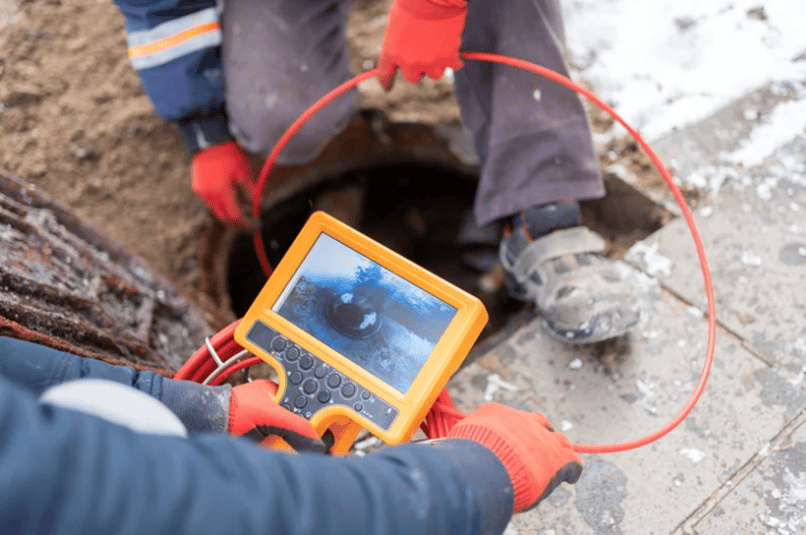 Smoke testing Why do that now? ? Why when we have sensors, software, and AI should anyone have to manually survey the entire system? Utilities are now moving fast. They are deploying sensor networks to catch violators in the act in ways that the old methods would not have captured. Imagine this, a small utility in swampy Florida. They have an older system that is always at risk of overflows and capacity issues. Randomly, some nights they get overflows in the collection system lines…other nights it’s just fine. |  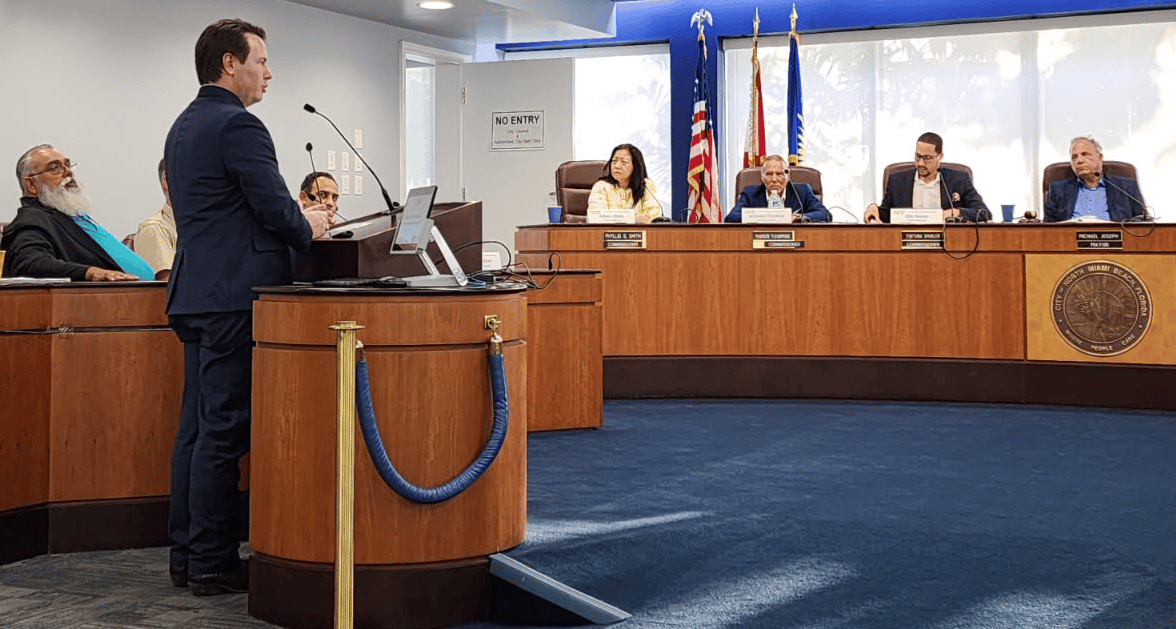 North Miami Beach Public Utilities Commission We presented our Physical and Digital Drinking Water Assessment to the City of North Miami Beach Public Utilities Commission, after a system wide physical and digital assessment of their drinking water system. They are struggling with an aged water and AMI but now have clear options on a path forward to conserve water with technology based options. 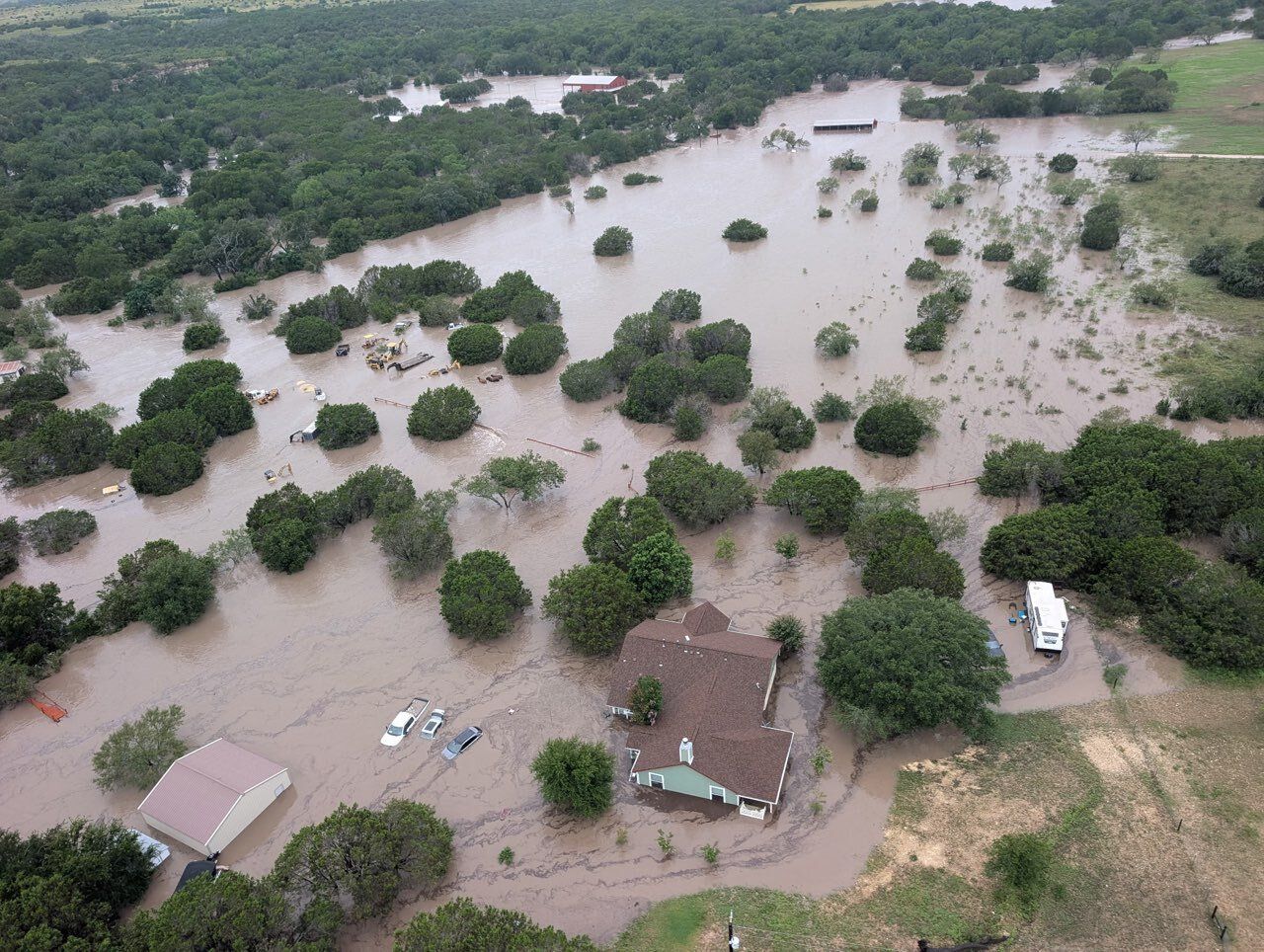 Guadalupe RiverThe Guadalupe River floods have caused widespread devastation in the Texas Hill Country, and there are many ways to support the ongoing relief and recovery efforts. Mo Ranch. The camp my family goes to each year - Money goes to restoring the camp OR you can select it for the local employees who are affected  We hosted a LinkedIn Live Event, "The past, present, and future of Smart Sewer Networks" where Andrew & Tim Braun shared their expertise and discussed about the history and trends for smart sewer systems. Thanks to everyone that joined us live! Do you want to relive the experience? Maybe you missed it? |
  Photographer: George Rose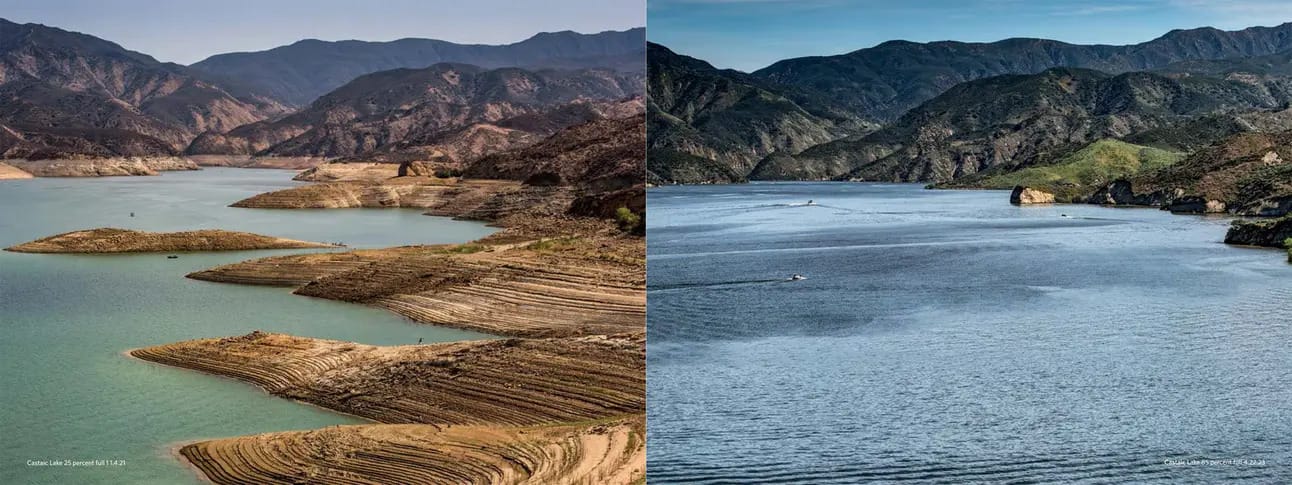 Castaic Lake – California. Left: 25% full – Right: 85% full His exhibition and then book "California's Changing Landscape: The Way of Water" features photographs documenting the state's dramatic water story, from visible drought effects to lush landscapes after heavy rains. Instagram: @georgerosephoto Book: California's Changing Landscape: The Way of Water at the California Nature Art Museum Store |  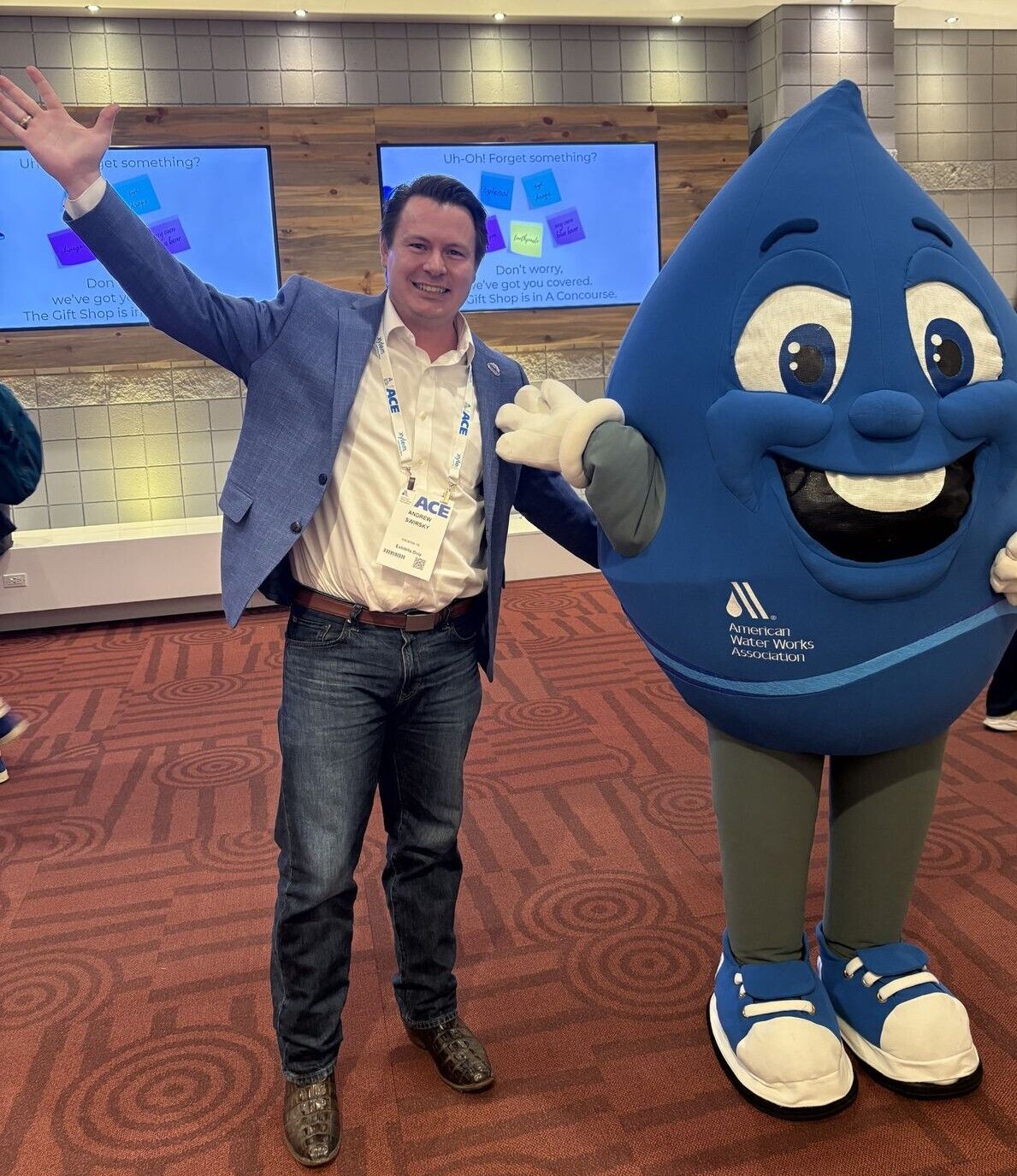 ACE 2025Andrew Swirsky participated in ACE 2025 in Denver, where we met with dozens of utilities and technology vendors. All working to improve utilities by moving past the status quo. Do you want to read his insights?  Infrasync was at the Gulf Coast Water Conservation Symposium Check Andrew’s takeaways  Infrasync was at the TAWWA One Water Summit. Here are Andrew’s highlights |
Stay current with us, for a clear water future, until next time.